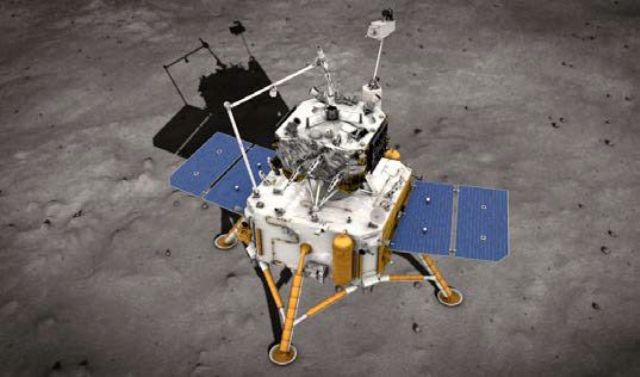Chang’e-6 China’s lunar probe achieved a historic landing in Inner Mongolia on Tuesday, marking the first time a country has collected samples from the far side of the moon.
The reentry capsule landed in Beijing, filled with lunar soil gathered earlier in the month by the probe following its successful touchdown in the moon’s South Pole-Aitken Basin, an impact crater on the lunar far side.
Following the landing, Zhang Kejian, the head of the China National Space Administration, declared the Chang’e-6 mission a success.
President Xi Jinping of China hailed the mission’s completion as a “landmark achievement” in China’s journey to become a leading space and scientific nation.
Launched on May 3 on a Long March 5 rocket from Hainan’s Wenchang Satellite Launch Center, the Chang’e-6 probe’s samples are set to be flown to Beijing for analysis.
The Chang’e-5 mission’s samples, which were collected from the moon’s near side, led to the discovery of new minerals and provided a more precise estimate of the moon’s geological age.
“The far side of the moon is quite literally a different place, composed of different materials than the near side, with a distinct history… retrieving these samples is of fundamental scientific importance,” stated Melville-Kenney, a technical officer from the European Space Agency (ESA) collaborating with Chinese researchers on the Chang’e-6 payloads.


Comments are closed.